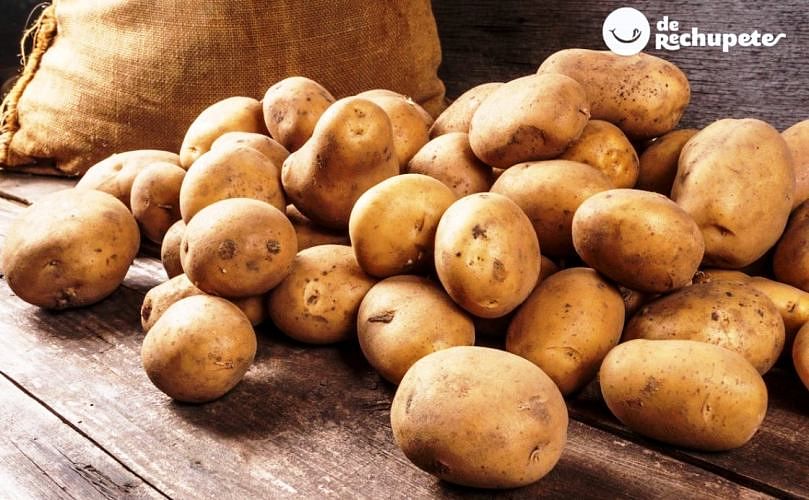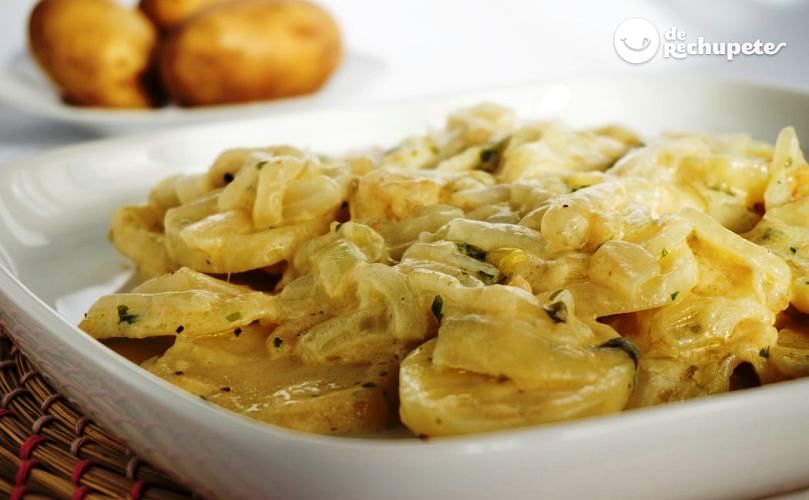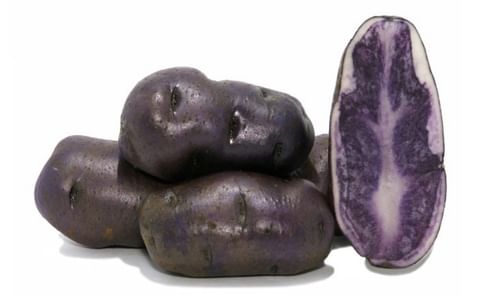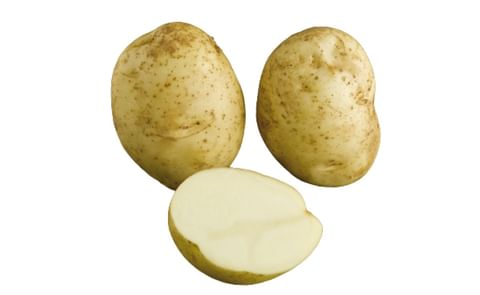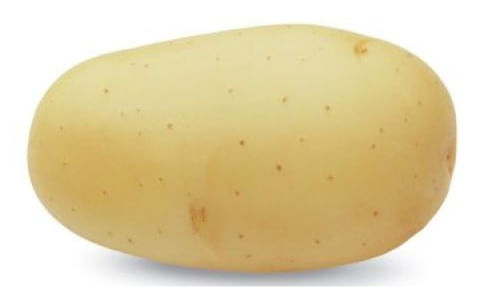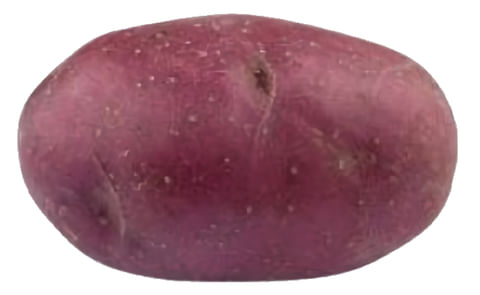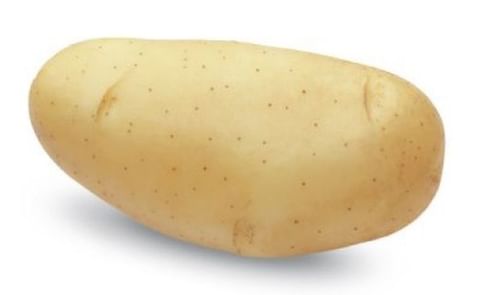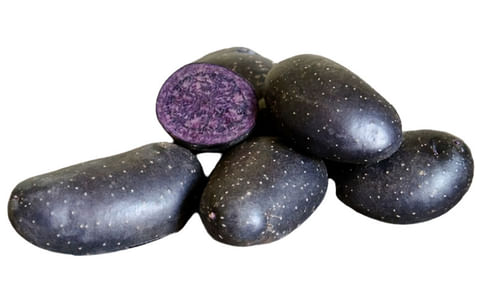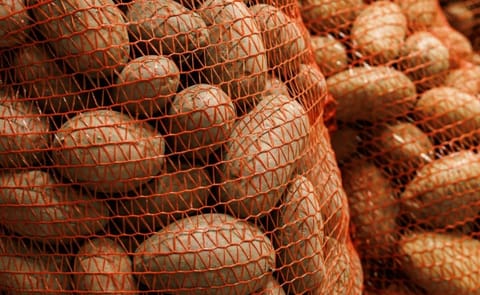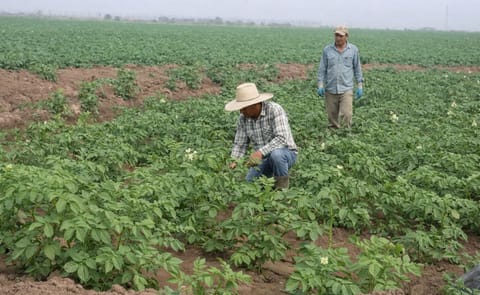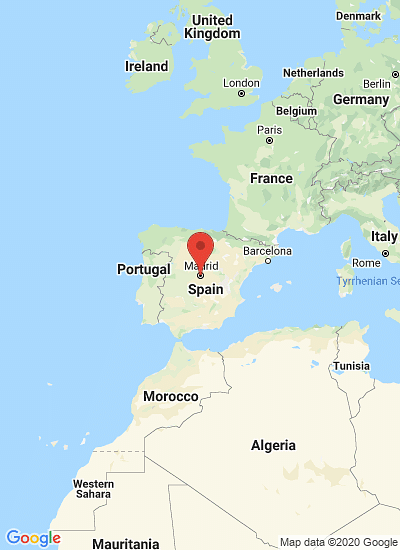The universe of flavors, textures and colors of potatoes will surprise you.
Primaire tabs
Potatoes: Facts and Preservation
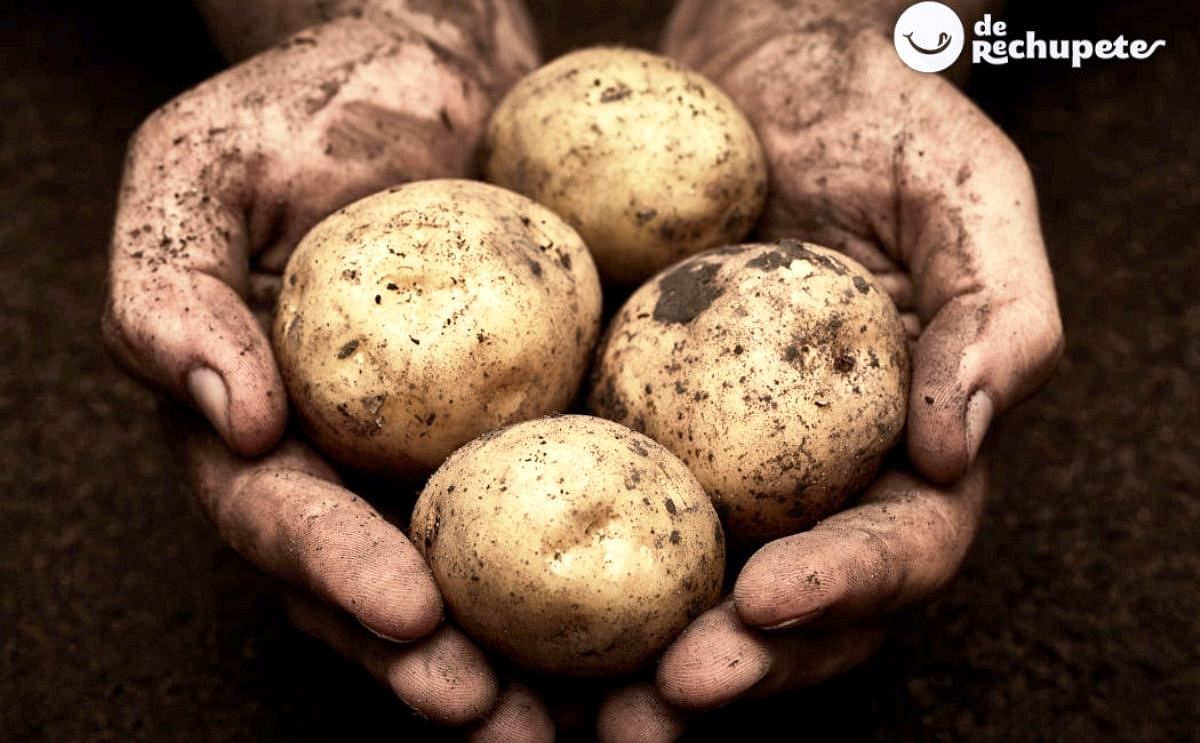
The Potato (Solanum tuberosum) plant originates in Upper Peru and northeastern Bolivia. There, under adverse conditions, the ancient Incas domesticated the plant in large terraces like the ones at Machu Pichu.
Potatoes have been a staple food of South America for 8 000 years, eventually arriving in Europe through the Conquistadors.
Back in Europe, people were very curious about the plant itself, as the Conquistadors did not even consider it as food. But progressively, the potato has become a core of the European table, especially in times of war or famine.
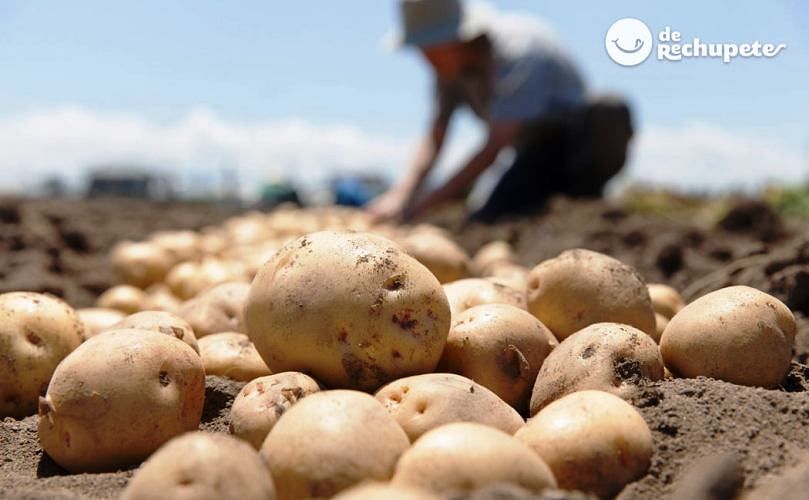
Potatoes have been a staple food of South America for 8 000 years, eventually arriving in Europe through the Conquistadors.
Why 'potato'?
Another point of curiosity is how this tuber got its name. For the Aymaras, a potato is a ch'uqi or an amqa. This last term comes from their word for "collect" and is only used for the tubers once they are taken from the ground.
How did the Europeans get from, ch'uqi to their word "patata" in Spanish ? The answer begins with the Quechua, who called the tuber "papa" in their language. The Spanish, who already had the word "batata" for another tuber, got confused! Their eventual term of "patata", then. is an unfortunate combination of their name for sweet potato (Ipomoea batatas), and the Quecha "papa".
In 1540 we find the first mention of the combined "patata". A few years later, in 1606, a letter appears in Europe in which even the original sweet potato "batata" is called "patata". And so the modern potato came to be. But, of course, as with any trend, not all people took to it the same way.
For some Andalusians in the south of Spain and for the inhabitants of the Canary Islands, they remained "patatas".
The Spaniards in the north then brought the term to the rest of Europe. This is how "potato" emerges in English. In French, this fast travelling word became "patate". Later it came up as "patates" in Turkish, "potet", "patatis" in Arabic, "potet" in Norwegian and "potatis" in Swedish, "pataca" in Galician and Asturian and "práta" in Gaelic. The Portuguese did not jump on the combination and instead retained the "batata" until today.
The new potato boom
The potato is a tuber, which like other living things, is always evolving. As it became international, the consumption habits of vast cultures and the land they grew it on changed as well.
Thanks to the recent interest in Peruvian cuisine internationally, and great chefs experimenting to incorporate colourful dishes to give their menus an interesting touch, the potato is more alive than ever.
Potato Varieties
- The Galician potato is the Kennebec. Cachelos , which is the name given to the potato when it is cooked. The Kennebec normally accompanies the octopus.
- The Monalisa variety absorbs very little oil when they are fried and, interestingly, when they are cooked, they do not break.
- The violet or blue potatoes are rarer. They give a curious colour, very similar to that of the red cabbage. They are perfect to soufflé.
- The Mulberry is the pink skin and meat potato. A bit harder to find, although it can be found at a gourmet store.
- The Spunta variety is elongated and has a shape very similar to that of the kidney. It is one of the most common in our stores and markets. Its skin is very thin, light brown and its interior is yellowish. It is very commonly cooked, since it retains its texture as you cook it. It also goes well with potato salads.
And the green potatoes?
In common Supermarket potato bags, more than once people have discovered that one or several potatoes are green. But no matter how much you wait, they will not ripen in the pantry! Make sure to throw them out.
Green potatoes can be harmful and even deadly. The problem is not their ripeness, but their exposure to the sun, which has formed chlorophyll and solanine. If you do decide to cook them anyway, you can expect to find a very bitter taste.
Solanine, when consumed, can give diarrhea, headache, dizziness, vomiting, and in more serious cases (with higher doses), hallucinations, paralysis, fever, cerebral edema and, finally, death. And all that from the silly green potato.
How to choose a potato at the store
When selecting a potato you should always read the label to know when they were collected, because you are more likely to find that supermarkets leave their potatoes in cold chambers for months so that they do not ripen or germinate. They will look like new ones, but in reality they are old, from the previous season.
How to conserve potatoes
New potatoes contain more water and therefore can not stand storage well. In just a few days they will begin to rot. Potatoes should always be consumed as soon as possible.
After purchasing, always try to keep them in cool, dark places. Between 7 and 10 degrees Celsius is ideal. And remember, a single potato starts to rot, it should be thrown away.
Can potatoes be frozen?
- It is not advisable to freeze potatoes, but not because they rot or become harmful to you.
- What happens when a potato freezes and then thaws is that it gains a bad texture, and it loses a lot of flavor since the starch is lost during the thaw.
- Also in stews or a ragout, if there are potatoes or carrots, it is good to remove them before freezing.
- Now, you might be asking, aren't french fries frozen? The answer is Yes, however, potatoes like this have had previous preparation, and they are usually fried for a few minutes without getting to brown. Then, companies let them cool and put them on paper to remove the excess fat. At this point, they could already be put in a bag and frozen. Although it is not recommended, the best advice if you are going to make french fries yourself, is that you try to make them fresh.
All this information helps us to know more about the wonderful world of potatoes.

